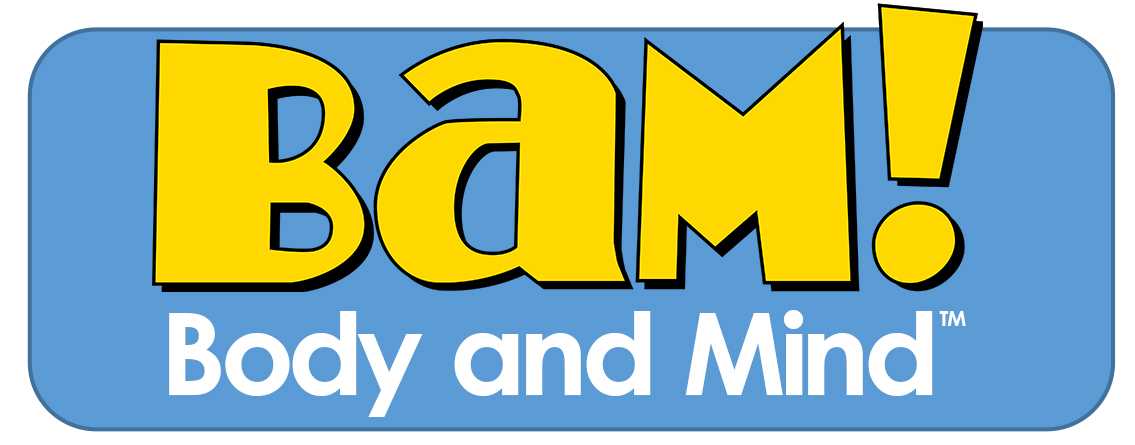Family and Community Engagement
Family and Community Engagement in Physical Activity Defined
Family and community engagement in physical activity means that parents, school staff, and community members are working together to increase opportunities for physical activity before, during, and after the school day to improve the learning, development, and health of children and adolescents.1–5 School physical activity programs are more successful when family and community members are involved.6
Family and community engagement benefits student’s by1
- Improving grades and test scores.
- Encouraging better student behavior.
- Enhancing social skills.
- Increasing physical activity.
Supporting Family and Community Engagement in Physical Activity
CDC developed the following documents

- Parents for Healthy Schools—A set of resources for schools to use to engage parents in positively changing the school environment in physical activity.

- Parent Engagement: Strategies for Involving Parents in School Health[PDF-1.74MB]—Defines and describes engagement between parents and school staff and identifies specific strategies for all three aspects of parent engagement in schools: connect, engage, and sustain.

- CDC’s Promoting Parent Engagement in School Health: A Facilitator’s Guide for Staff Development[PDF-2.9MB]—Helps schools develop a plan for engaging parents in school health activities.
Resources
- CDC Parents for Healthy Schools
- CDC Ideas for Parents for Physical Education and Physical Activity
- CDC Parent Engagement: Strategies for Involving Parents in School Health [PDF-1.74MB]
- CDC Promoting Parent Engagement in School Health: A Facilitator’s Guide for Staff Development [PDF-2.9MB]
- Action for Healthy Kids: Parent Tool Kit
References
- Centers for Disease Control and Prevention. Parent Engagement: Strategies for Involving Parents in School Health. Atlanta, GA: US Department of Health and Human Services; 2012.
- Association for Supervision and Curriculum Development (ASCD), Centers for Disease Control and Prevention. Whole School, Whole Child, Whole Community: A Collaborative Approach to Learning and Health 2014. Available at: www.ascd.org/ASCD/pdf/siteASCD/publications/wholechild/wscc-a-collaborative-approach.pdf [PDF-2.24MB].
- Centers for Disease Control and Prevention. School health guidelines to promote healthy eating and physical activity. MMWR. 2011;60(RR05):1–76.
- Centers for Disease Control and Prevention. A Guide for Developing Comprehensive School Physical Activity Programs. Atlanta, GA: US Department of Health and Human Services; 2013.
- Institute of Medicine. Educating the Student Body: Taking Physical Activity and Physical Education to School. Washington, DC: The National Academies Press; 2013.
- Wang Y, Wu Y, Wilson RF, et al. Childhood Obesity Prevention Programs: Comparative Effectiveness Review and Meta-Analysis. Comparative Effectiveness Review No. 115. Rockville, MD: Agency for Healthcare Research and Quality; 2013. Available at: www.effectivehealthcare.ahrq.gov/reports/final.cfm.
- Page last reviewed: June 28, 2017
- Page last updated: June 28, 2017
- Content source:



 ShareCompartir
ShareCompartir